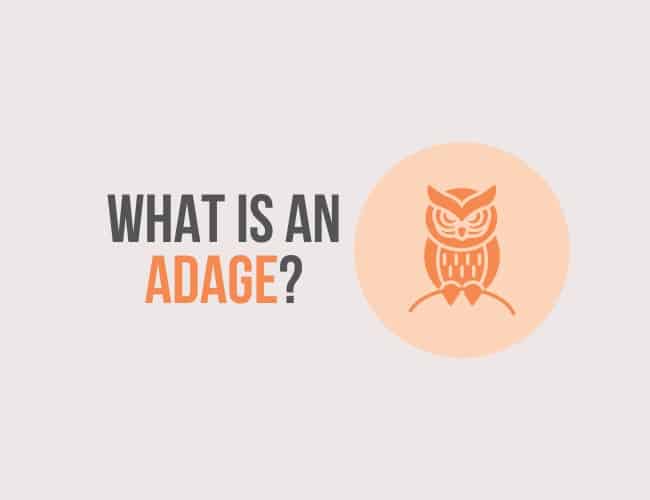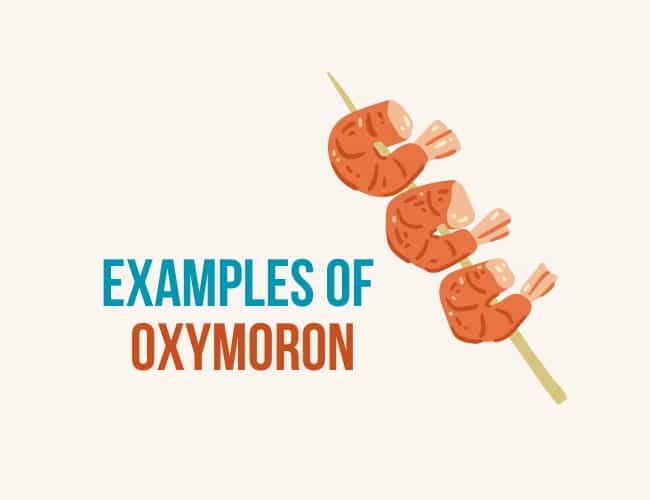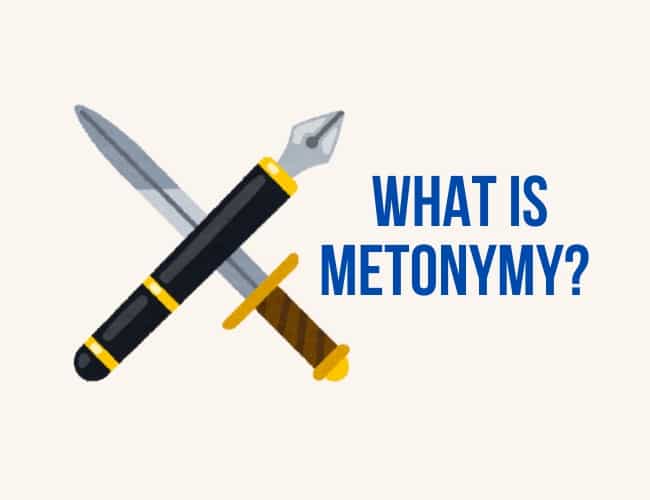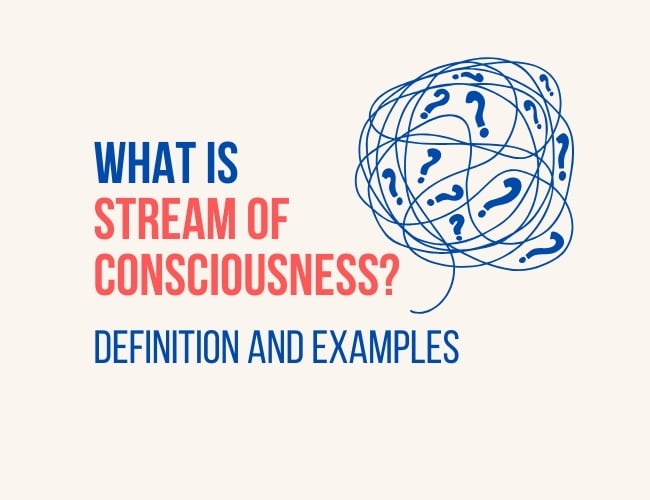
by Robert Harrell |
What is chiasmus?
We generally think of chiasmus as occurring at the sentence level, and this is where the figure of speech (and rhetorical device) is most obvious. However, chiasmus can be achieved over the course of a paragraph.
Let’s look at a definition and some examples.

by Joe Bunting |
Genre matters, and by understanding how genre works, you not only can find more things you want to read, you can also better understand what the writer (or publisher) is trying to do.

by Robert Harrell |
As humans, we turn to others for advice or accepted wisdom when we need help. But you can find examples of adages all around you. But what is an adage?

by Robert Harrell |
Do you know any wise fools? Have you ever seen a jumbo shrimp? Experienced a deafening silence? Tasted bittersweet chocolate? Found a picture pretty ugly? Declared something awful good?
If so, you’ve experienced or used an oxymoron. What, then is an oxymoron? Let’s take a look.

by Robert Harrell |
If you’ve heard the saying, “The pen is mightier than the sword,” then you’ve experienced metonymy. But what is metonymy and how is it used in writing? Let’s look at the definition, types, and examples of metonymy.

by Guest Blogger |
“Stream-of-Consciousness” is a literary technique that focuses on sensory details, what we see and hear and feel and think in the moment. It’s usually written in incomplete sentences that jump around as they please. It’s the type of writing that tells you to completely forget everything else you’ve learned about writing and give in to the flow of ideas.





